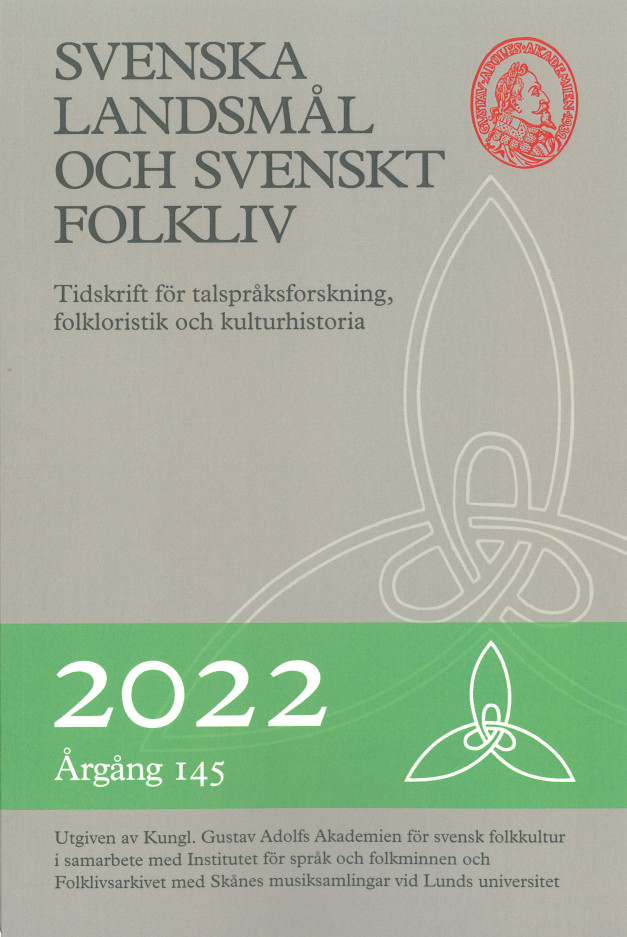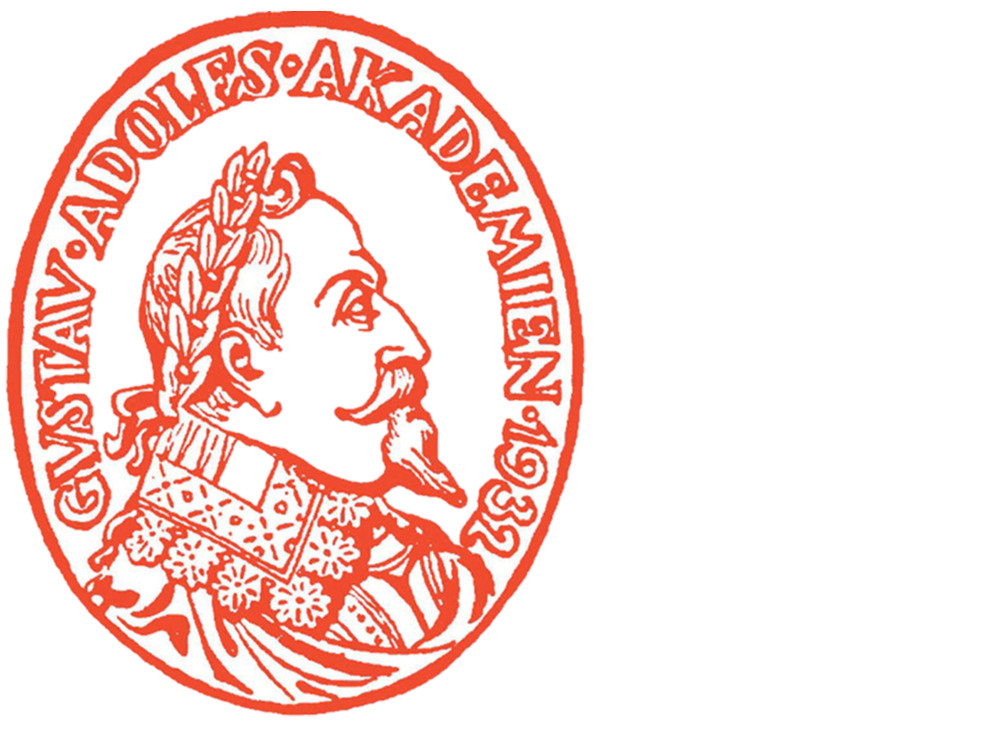Yiddish – the missing link in the history of Germanic word order
DOI:
https://doi.org/10.69824/svlm.145.25510Keywords:
Yiddish, Verb phrase (VP) syntax, Germanic languages, verb-second (V2), Object Verb (OV) word order, Verb Object (VO) word order, Germanic language history, Type 3 (T3) word order, syntactic variation, syntactic change, language contactAbstract
This article addresses the varying verb phrase internal order between verbs (V) and objects (O) in the Germanic languages. More specifically, it argues (with Haider 2014) that originally, all Germanic languages had a verb phrase (VP) with a variable V position but today, only Yiddish has preserved this system. Consequently, the fixed V position (generating either VO or OV order) in the other Germanic languages is treated as a secondary development. It seems that verb-second (V2) clauses, crucially involving V movement out of the VP, have been an important part of this transition. It is likely that the reason Yiddish has managed to retain the variable
V position is that it has been surrounded by Slavonic majority languages from the Middle Ages onwards, unlike the other Germanic languages. The variable V position within the VP is a typical trait of Slavonic languages. The archaic VP syntax of Yiddish can thus be seen as a product of long-lasting language contact.
Downloads
Published
How to Cite
Issue
Section
License
Content published in Swedish Dialects and Folk Traditions in the 2023 volume and subsequent volumes is published under the terms of the Creative Commons CC BY license, and the authors retain copyright to their works. The CC BY license allows use, downloading, distribution, linking to, and reproduction in any medium, provided the original work is correctly cited.




